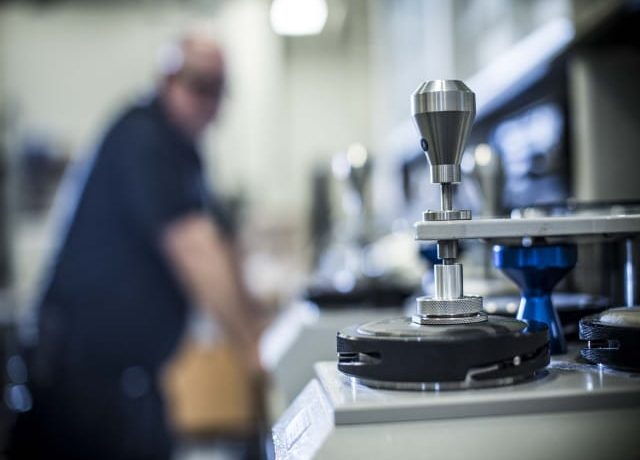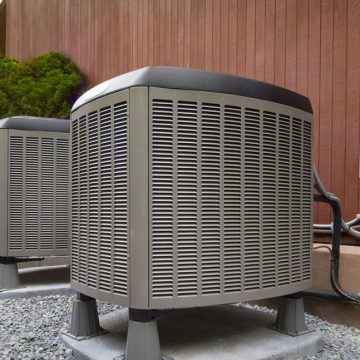Performing abrasion testing is a very important process for ensuring that your product has the required resistance to abrasion. Luckily, it’s not as complicated as it seems and there are plenty of ways to conduct an effective test.
Los Angeles abrasion test
Various abrasion tests are performed to determine the quality of mineral aggregates and to determine their durability. The Los Angeles Abrasion test is one of these tests. This test is commonly used to determine the abrasion resistance of granular materials in road construction.
In the LA abrasion test, a coarse aggregate is placed in a rotating drum and steel balls are used as an abrasive charge. The machine is rotated at a specified rate and the rubbing action is measured. The percentage of wear caused by the rubbing action is recorded as the abrasion value. The lower the LA abrasion value, the tougher the aggregate is.
The Los Angeles abrasion test can also be modified to test the moisture sensitivity of aggregates. A small amount of clay was added to the aggregates in order to assess the effect of the soaking process. This added clay did not seem to absorb water during the soaking process.
The LA Abrasion test was developed by Esra and Kursat in order to predict the performance of the coarse aggregate in construction. The results of the experiments showed that the LA abrasion value was strongly correlated with the CAV.
The LA abrasion value is expressed in terms of percent wear and is used to judge the toughness of coarse aggregates. It is also used to predict the performance of the aggregates in road construction.
Los Angeles vs Micro-Deval test
During the 1960s, the Micro-Deval test was developed in France. It is a method used to measure the resistance of mineral aggregates to abrasion. It has become a popular tool in recent years.
The Micro-Deval abrasion testing machine is equipped with steel balls, which have a diameter of 9.5 mm. Each sample is soaked in water for a specified amount of time. It then passes through a sieve and is measured to determine how many degraded particles pass. It is a highly accurate test.
The Micro-Deval test is recommended to be used as a substitute for the Los Angeles Abrasion test and the Sodium Sulfate soundness test. The results are normalized to provide direct comparisons.
The Micro-Deval abrasion test is performed according to the ASTM D6928 standard, but it does not specify the weight of the steel balls. It is recommended to use a sample that is at least 1.5 kg.
A sample is soaked in water for one hour. It is then placed in a cylinder with steel balls. The cylinder rotates at a rate of 100 rpm. A set number of revolutions is measured and the total loss is reported as abrasion value.
The Micro-Deval abrasion process was modified by using a bigger sieve, which allowed a larger percentage of fragmented aggregates to pass. This resulted in a higher percentage of loss.
Los Angeles vs Wyzenbeek test
Whether you are a construction engineer or a fabric designer, you will need to know how to test fabrics to determine their abrasion resistance. Several tests are used. The standard LA abrasion test is one of the most common methods.
The LA test measures the relative rubbing action of aggregate particles. Coarse aggregate is placed in a rotating steel drum with an abrasive charge of steel balls. After the required number of revolutions, the result is expressed as the L.A. abrasion value.
The Martindale test is another commonly used test. It measures abrasion resistance in a figure of eight pattern. The test uses leather, or a softer material, to rub the sample. The test can be done on both sides of the fabric. It is considered the standard test in Europe.
The Wyzenbeek test is also considered the abrasion test of choice in the US. It is a test which involves rubbing the sample along the warp and weft. It is also known as the double rub test. The test is similar to the Martindale but uses a different type of abrasive.
The Micro-Deval apparatus is similar to the Martindale method but uses smaller spheres to perform the same function. The difference is in the type of grinding. The larger drum in the Micro-Deval machine polishes the aggregate particles whereas the smaller one tends to grind them. The abradant is replaced every million rubs. The Micro-Deval apparatus can be used to predict toughness but the LA abrasion test is a better indicator.


















